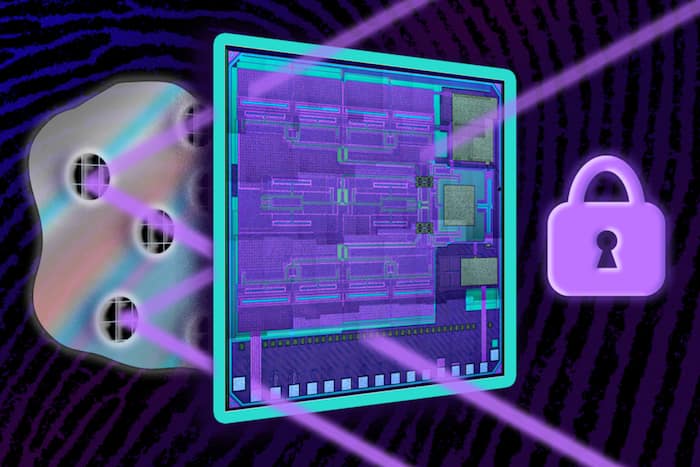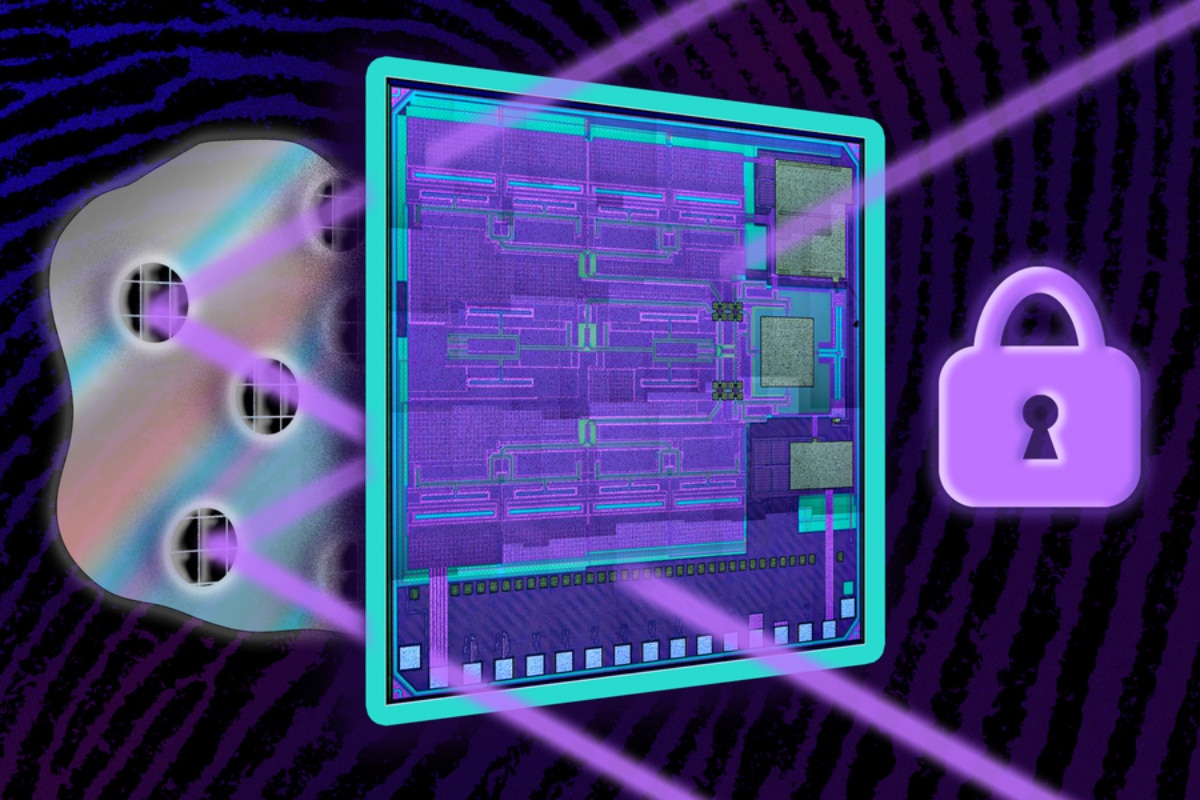MIT researchers have produced a light-powered anti-tampering tag that is about 4 square millimetres in size.

Tiny, Tamper-proof ID Tag: Massachusetts Institute of Technology (MIT) engineers in the USA have developed a unique ID tag that can reveal with almost accuracy whether an item is real or fake. This was announced by the MIT on Sunday. The researchers and scientists modified an earlier cryptographic ID tag that had a security vulnerability to develop an anti-tampering ID tag that still offers the benefits of being tiny, cheap, and secure, said the MIT in a statement adding that the earlier tag had a security vulnerability with traditional RFIDs.
MIT researchers have produced a light-powered anti-tampering tag that is about 4 square millimetres in size. The researchers also demonstrated a machine-learning model that helps detect tampering by identifying similar glue pattern fingerprints with more than 99 per cent accuracy, said MIT.
The earlier ID tag used terahertz waves, which are smaller and travel much faster than radio waves.
Using terahertz waves with a 1-millimetre wavelength allowed the researchers to make a chip that does not need a larger, off-chip antenna, said the MIT team.
After passing through the tag and striking the object’s surface, terahertz waves are reflected, or backscattered, to a receiver for authentication.
“How those waves are backscattered depends on the distribution of metal particles that reflect them,” the authors noted.
The researchers put multiple slots onto the chip so waves can strike different points on the object’s surface, capturing more information on the random distribution of particles.
“These responses are impossible to duplicate, as long as the glue interface is destroyed by a counterfeiter,” said Ruonan Han, an associate professor in EECS, who leads the Terahertz Integrated Electronics Group in the Research Laboratory of Electronics.
The authentication system is limited by the fact that terahertz waves suffer from high levels of loss during transmission, so the sensor can only be about 4 centimetres from the tag to get an accurate reading.
The MIT team plans to address these limitations in future work.
(With IANS inputs)

